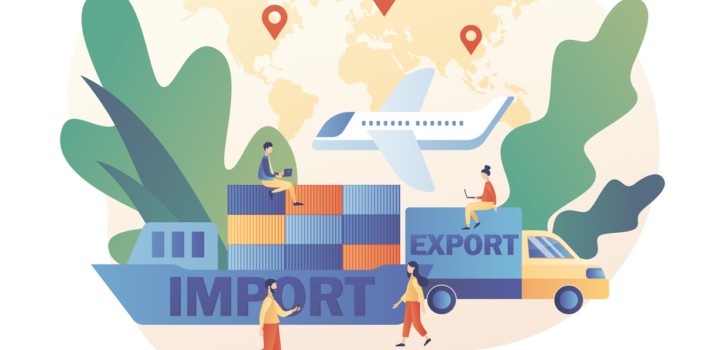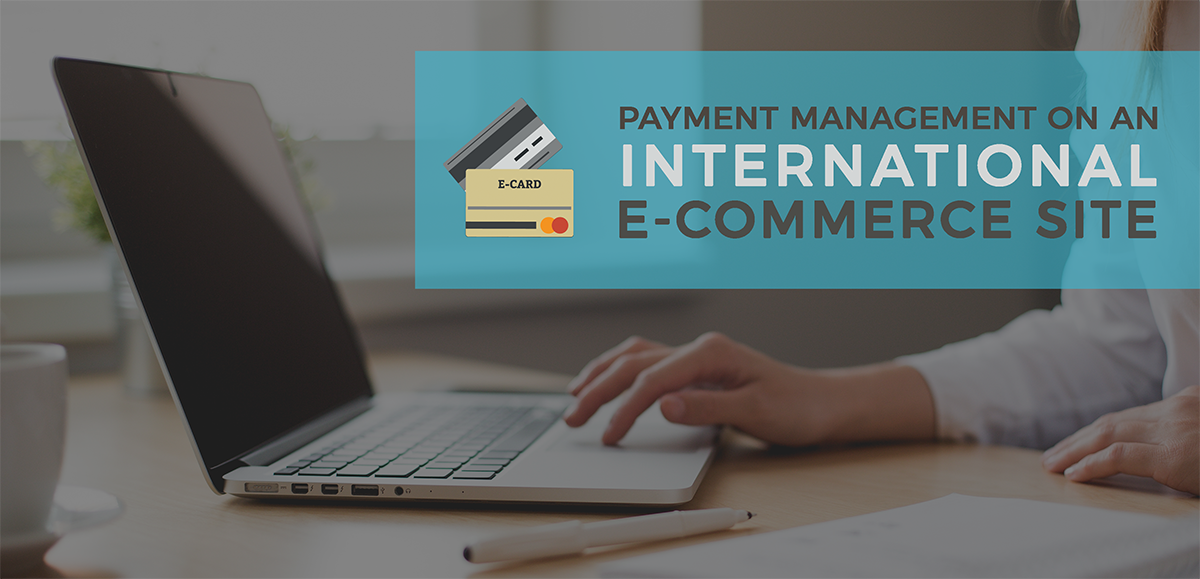Have you ever gone to another country (say, Hungary) without knowing the language (say, Hungarian)? Did you manage to communicate with the locals (in this case, the Hungarians)? You probably tried to speak slowly and clearly in English and/or use gestures to make yourself understood. And, while you can get by abroad using this approach, it is unpredictable and not always effective.
The same applies to your e-commerce site.
To sell abroad, you have to make sure your online store is easily understood by site visitors.
And to achieve this, you must translate your e-commerce site!
Why do you have to translate your e-commerce site to sell abroad?
Translating an e-commerce site has various aims:
1️⃣ Winning international markets
2️⃣ Maximising your e-commerce store’s profit
3️⃣ Improving your site SEO
4️⃣ Standing out from your competition
5️⃣ Reassuring people who visit your e-commerce site
To keep your profits growing, your e-commerce site visitors need to be converted into buyers. Therefore, they must understand your whole website from the homepage to the “basket”! 🛒
We often hear that e-commerce breaks down borders. But this isn’t true. What removes borders is online traders translating all their web pages into as many languages as possible – the languages spoken in your main markets as a minimum.
Another key point: your website shouldn’t look like it has been translated. For a natural result and quick loading, optimise your site’s code for an intuitive experience in each language version and maximise the visibility of your e-shop on search engines.
If this sounds difficult, don’t worry!
We’re going to give you five tips to help you translate your e-commerce site with the aim of making sales abroad.
How to translate your e-commerce site
Some of your website content simply has to be translated. Product details, the homepage and your Terms and Conditions are all examples of this. Below, we’ll explain how to boost your sales through translation.
1. Target the countries where you sell your products
To select the countries where you will sell your products, first do some market research. This will help you identify where your products will easily sell. We also suggest you target just a few foreign languages to make sure you provide top-quality translations.
💸
Keep delivery costs affordable by prioritising countries bordering your own!
2. Adapt your message to the local culture
Countries are all different when it comes to issues like eating habits and what kind of role women are expected to play in society. While their views may be different from your own, you should respect the customs and traditions of your target country by adapting to them.
We suggest you do some research using competitor websites in the target country. By compiling as much information about the country’s culture as possible, your messages will be relevant and effective.
3. Find the right keywords for different countries
Did you know that even countries with the same language use different words? For example, the British say “trousers”, while Americans say “pants”. To put yourself in the best position on Google search results abroad, you need to localise your content and find the right keywords for each country.
4. Select the best payment methods
If you want to sell abroad, then translating your e-commerce site isn’t enough. You also have to offer the right payment methods for your target client. For example, in Germany, the top payment method is direct debit from a bank account. In Italy, alternative methods like PayPal, Apple Pay and Google Pay are gaining ground.
For more information about what you need to consider, read our post about the five best payment methods for e-commerce sites.
5. Display delivery fees and times
Finally, and this applies to every language, you need to include delivery fees and times in your product information. Also, don’t forget to adapt the currency to the country.
If delivery to a country is going to take an especially long time (say, two weeks), potential buyers need to know this as soon as possible. Otherwise, they may be disappointed when they come to buy.
TextMaster can help you translate your e-commerce site
Verdict: You can’t sell abroad without translating your e-commerce site. Nor can you boost your turnover by translating your site without considering the cultural, strategic, and commercial elements of translation.
Here is a summary of our five tips on how to translate your e-commerce site:
1️⃣ Target the countries where you sell your products (two or three)
2️⃣ Adapt your message to the local culture
3️⃣ Find the right keywords for different countries
4️⃣ Select the best payment methods
5️⃣ Display delivery fees and times
Still not sure you really need to translate your website? Don’t just take our word for it. Read this: 8 great reasons to translate your e-commerce site! 🚀







